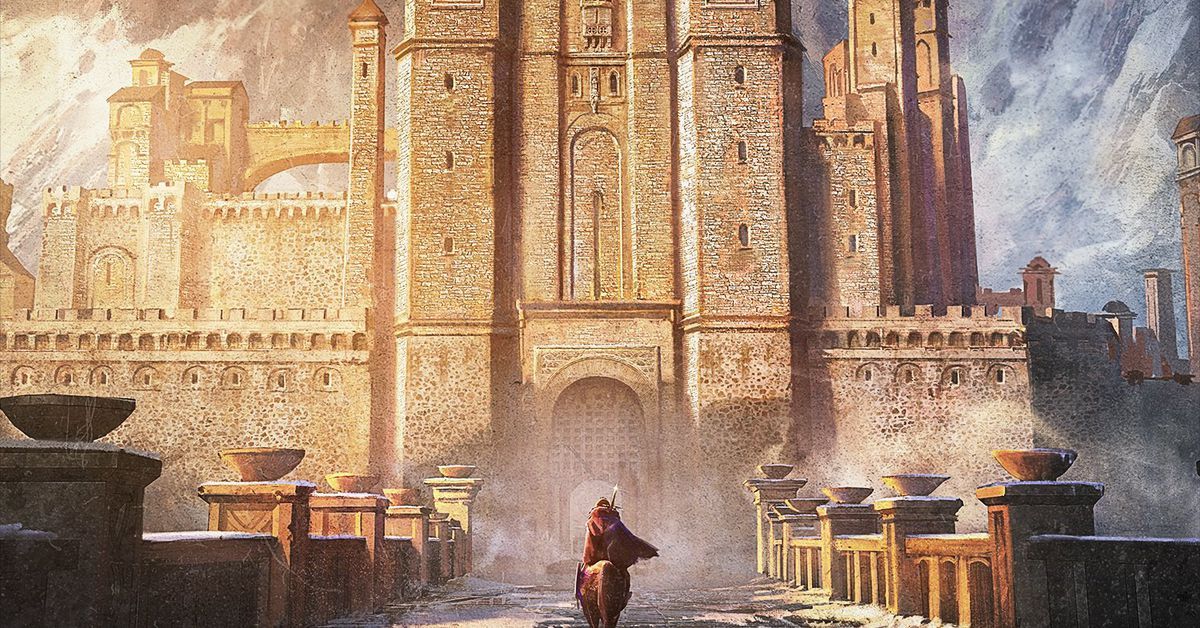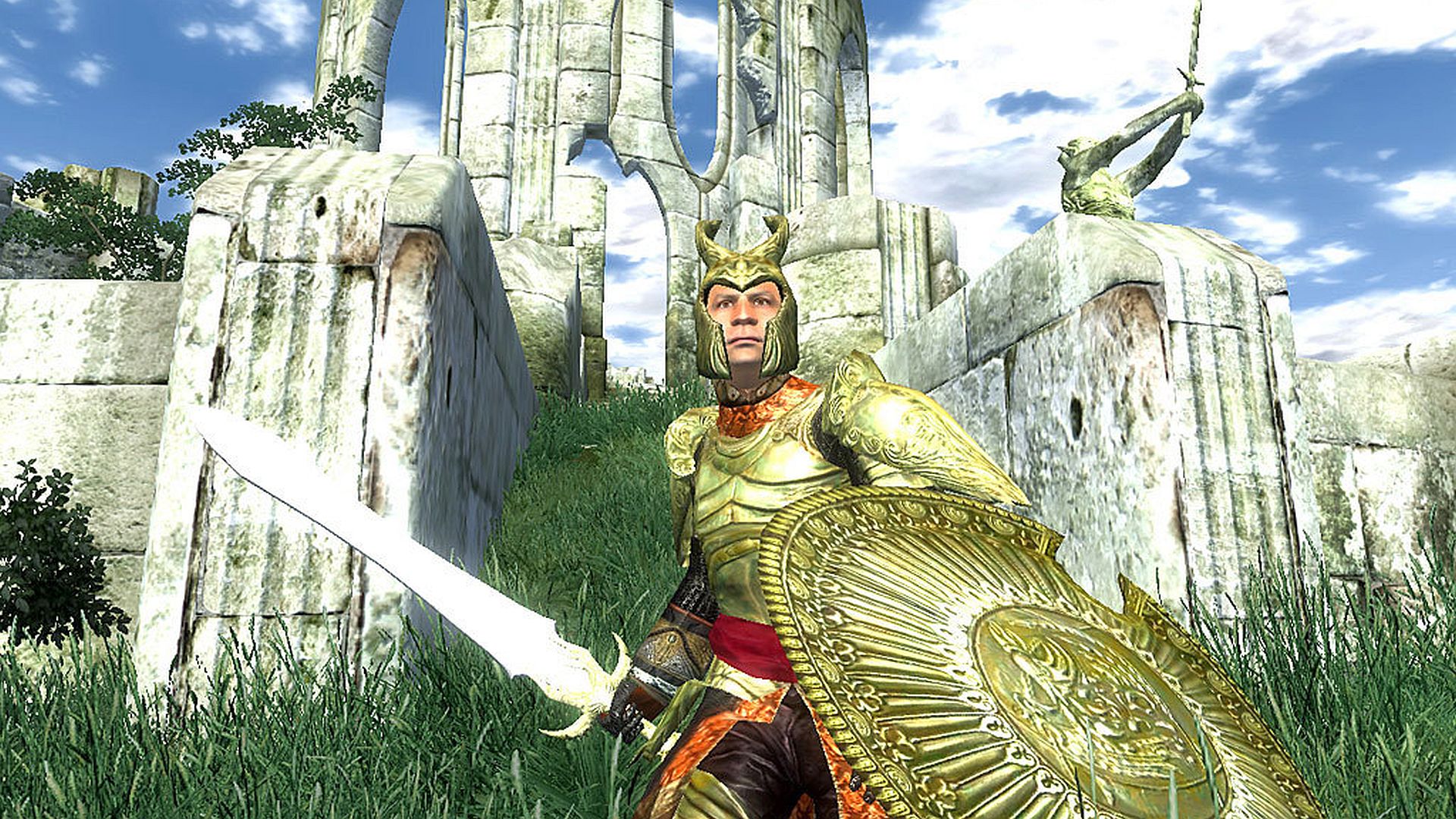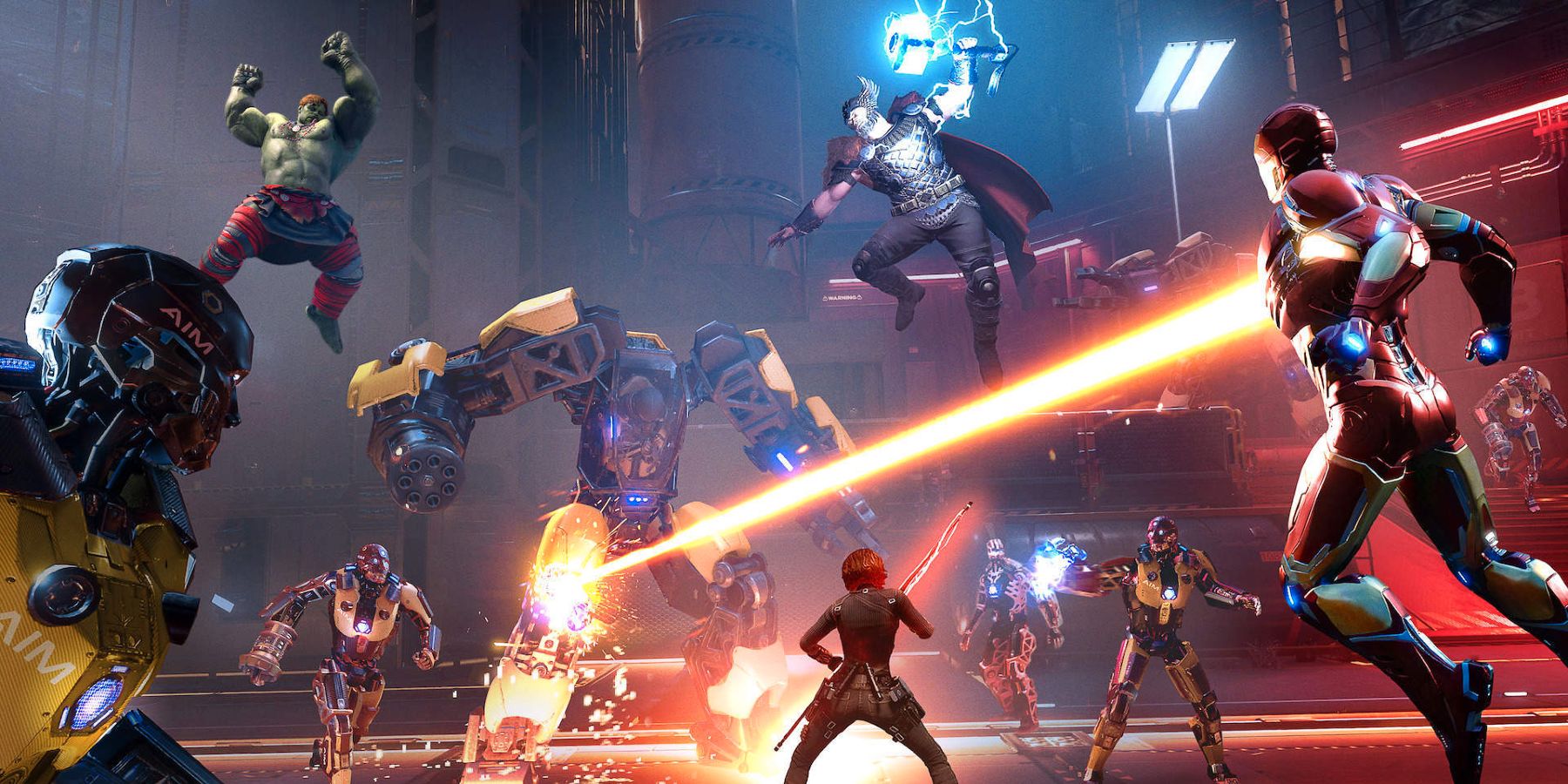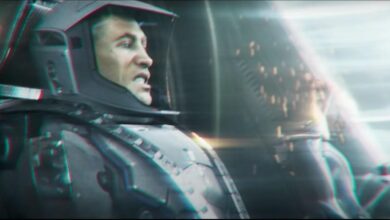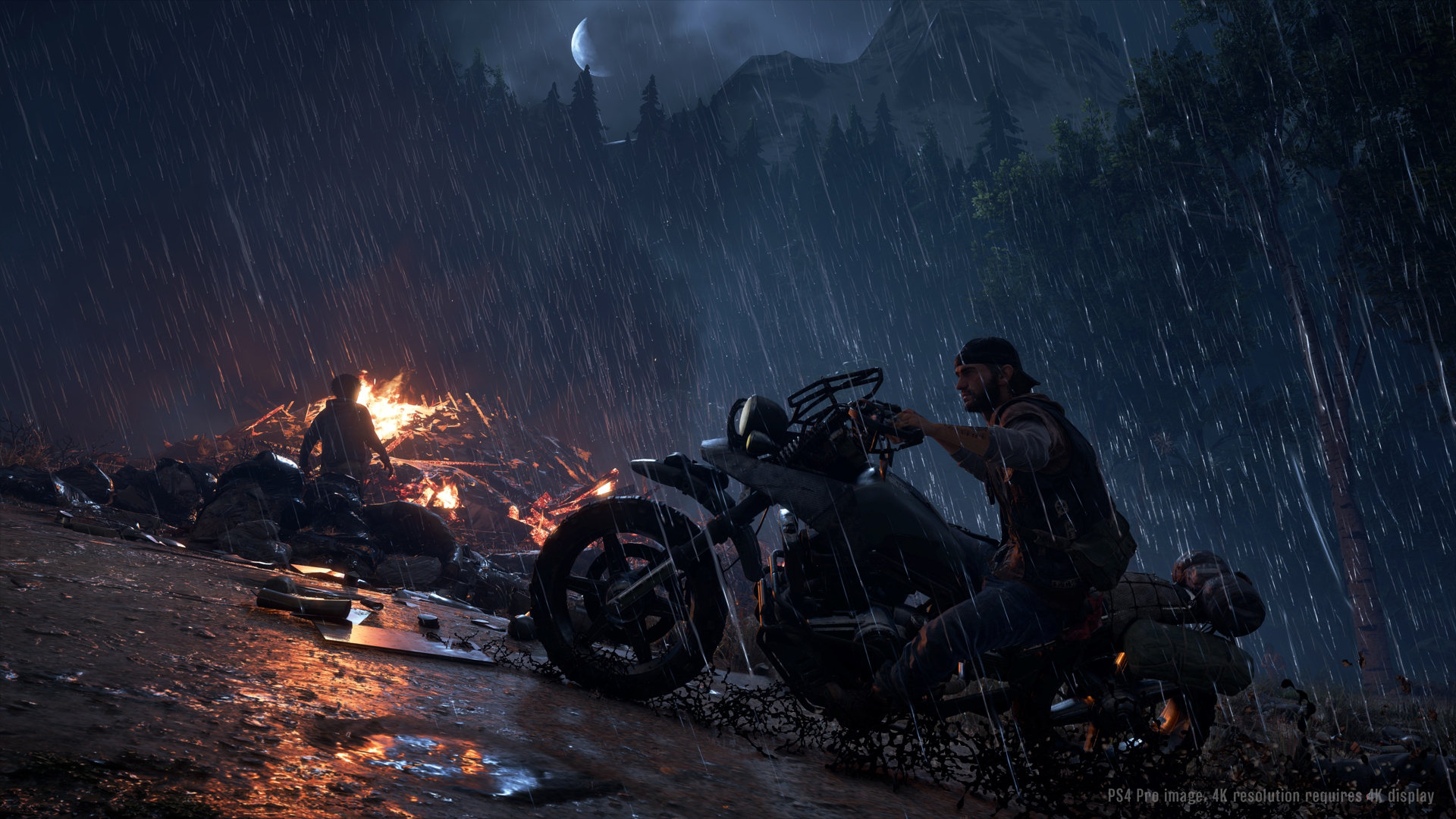
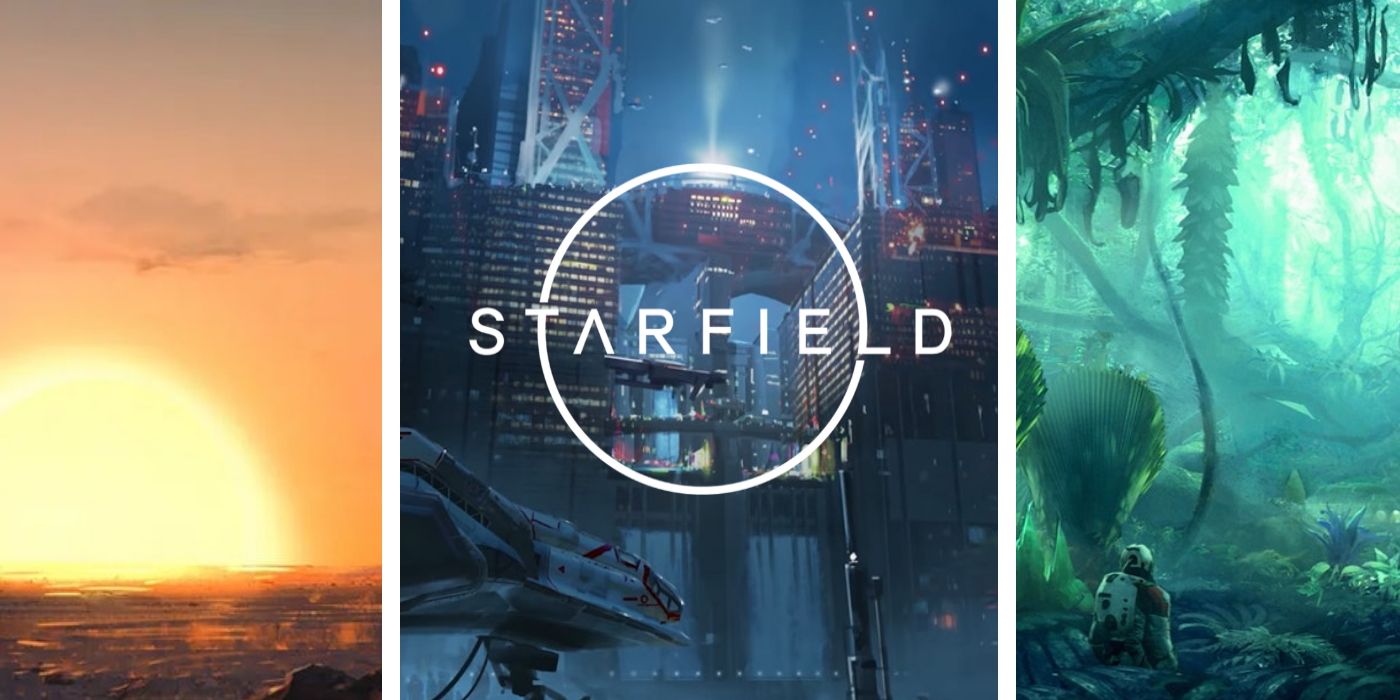
Starfield will be an open-world game set across multiple planets. This has raised questions among Bethesda fans. The studio has yet to reveal how spaceflight will work, and neither the number or size of the new IP's worlds. Some players are wondering whether they should expect a ginormous, randomly generated universe, or the same sort of pre-designed setting found in Bethesda's more recent RPGs.
Only a few details about Starfield's in-game world have been revealed so far. Marketing materials heavily imply that the game will take place across multiple solar systems, if not galaxies. Developers working on the game's planets will make extensive use of procedural generation, where a rough landscape is generated by a computer earlier during development before the details are fleshed out. Creating a setting that spans multiple planets while trying to emulate the openness of successes like Skyrim or the Fallout franchise faces Bethesda with some new challenges.
RELATED: Starfield is The End of an Era for Bethesda in More Ways Than One
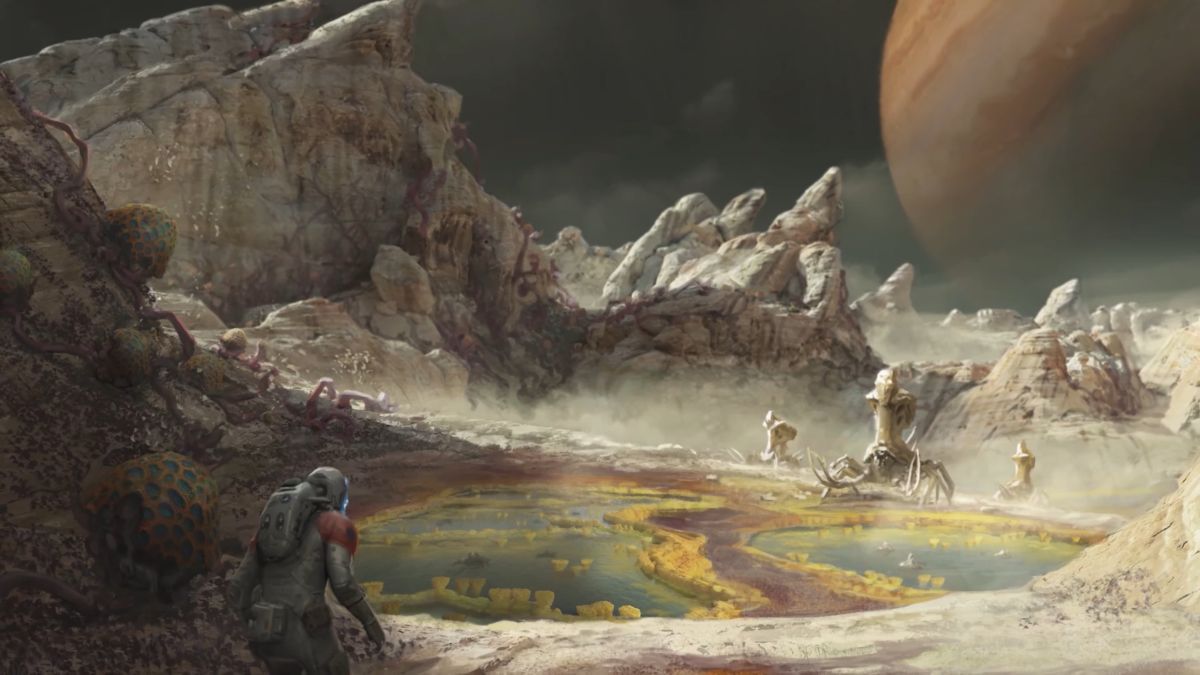
Bethesda is rumored to be including survival mechanics in Starfield for a long time. Some of the earliest Starfield images leaked revealed the player's UI, including what looked like a compass. This compass appeared to have meters for Oxygen, CO2, and gravity strength. Bethesda needs to take full advantage of survival elements like these if it's going to make each planet feel truly unique.
Oxygen and CO2 levels could too easily feel like they exist as part of Starfield's UI, not as immersive parts of the world. If the main effect of different Oxygen and CO2 levels is death at either extreme, the studio will have missed an opportunity. Prolonged exposure to high CO2 or Oxygen environments without the proper equipment should have plenty of side-effects, from the the player's accuracy with their weapon to their reaction speeds and the amount of gear they can carry.
As in open-world games like The Legend of Zelda: Breath of the Wild, these kinds of environmental effects can make finally acquiring the right gear or finding a unique way to explore a new area feel particularly rewarding. In an RPG which seems to focus on a space-exploration organization – Constellation – combating the environmental effects of different planets could also feel especially immersive.
The possibility of planets having varying gravity levels gives Starfield the potential to make gameplay across its worlds different. Bethesda will need to make sure that that certain environments aren't far more frustrating to play in. However, if players are also able loot, buy, and modify gear to dampen the effects of different environments, the diversity of Starfield's planets could also be key to giving players a sense of progression as they explore the cosmos.
Sabotaging gear could also be an interesting way to deal with hostile encounters. Players shouldn't just be considering the effects of a planet's environment on their player character, but should also be able to use environmental effects to their advantage. Stealing the heat-resistant gear from a pirate ship while its crew sleeps should make them vulnerable. Swapping gear designed for a high-gravity planet with gear designed for a low-gravity planet should have enemies who fall for the trick at the player's mercy. A diverse set of survival needs with a diverse set of solutions could make Starfield's universe feel huge despite its in-game world being divided among multiple maps.
RELATED: Why We Probably Won't See Starfield Again in 2021
It may seem obvious, but if Starfield is going to stand out in the sci-fi RPG genre, the explorable area on each world needs to be large. If the size of Starfield's combined explorable areas are twice the size of Skyrim's map, but divided among ten planets, Starfield is likely going to feel a lot smaller. Each world needs to be big enough that players feel like they can truly get lost.
Space-set games from Star Wars: Knights of the Old Republic to Mass Effect and The Outer Worlds have let players visit multiple planets, but in-game they only get to explore a tiny sliver of each world, sometimes as little as a few city blocks. If Bethesda is going to bring its acclaimed open-world formula to space, it needs to create pre-made planets that are far larger than the competition has offered in the past.
Even if the explorable area of each of Starfield's planets is still based around a single settlement or has the same biome, each world needs to be large enough for the player to leave their landing site far behind. This could mean prioritizing the size of Starfield's worlds over the number of worlds in the game if necessary. Five large worlds could ultimately get far closer to capturing the sense of freedom and exploration found in Bethesda's best RPGs than ten smaller ones.
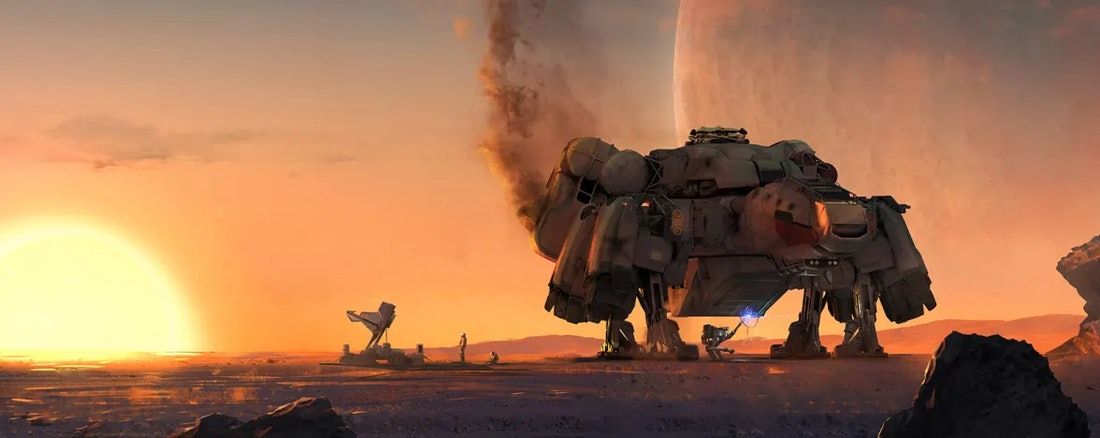
One piece of Starfield concept art shows the player camping in the desert as a drone repairs their ship. In the E3 2021 Starfield trailer, the player takes off from a similarly barren planet. It may seem like a small detail, but if Starfield is going to truly capture the sense that the player's ship is their home, they need to be able to land that ship in any viable area of the planet.
In most sci-fi RPGs, landings and take offs are either implied or represented only in a short cutscene. Throughout the entire Mass Effect series, the player never actually controls the Normandy. When arriving on a new planet, the player's ship always docks or lands in the same place, and they are expected to explore the world outward from that location.
If Starfield's space exploration is really going to be brought to life, the player's ship needs to feel less like an interstellar taxi, and more like a trusty RV, a companion in its own right. Even if Starfield has a decent flying system or space combat between planets, the game's exploration will feel far less immersive if players can't land their ship in any reasonable location on each world.
Starfield is due to release on November 11, 2021, for PC and Xbox Series X/S.
MORE: Starfield May be the Final Nail in the Coffin for Beyond Good and Evil 2
